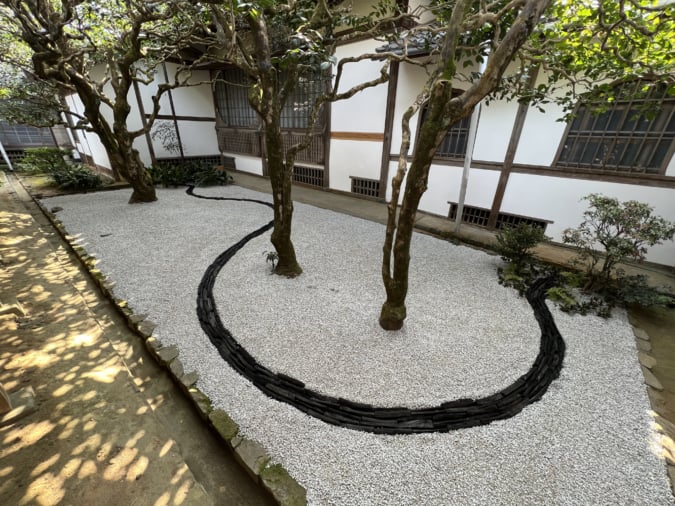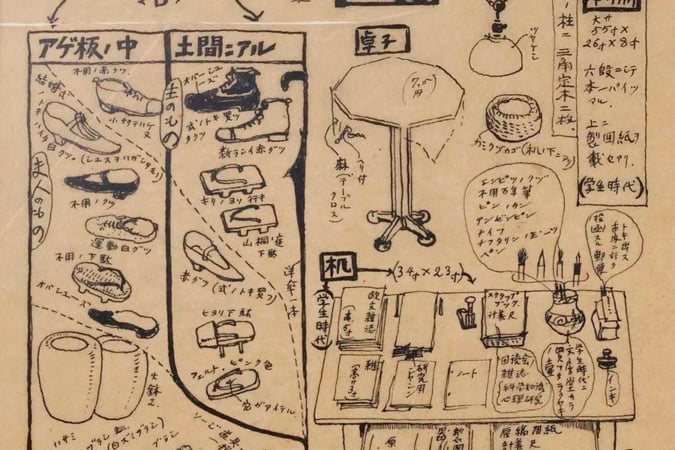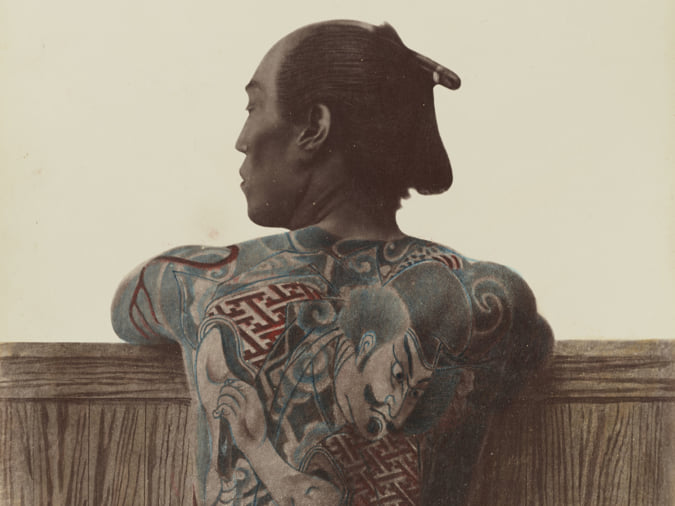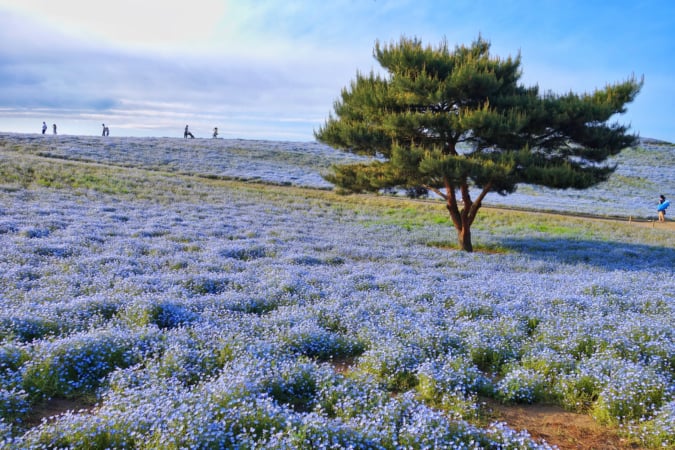Recipe for Tuna ‘Onigiri’ from ‘Spirited Away’
Simple and healthy, this rice ball contrasts with the rich food that Chihiro's parents gorge on in Hayao Miyazaki's film.
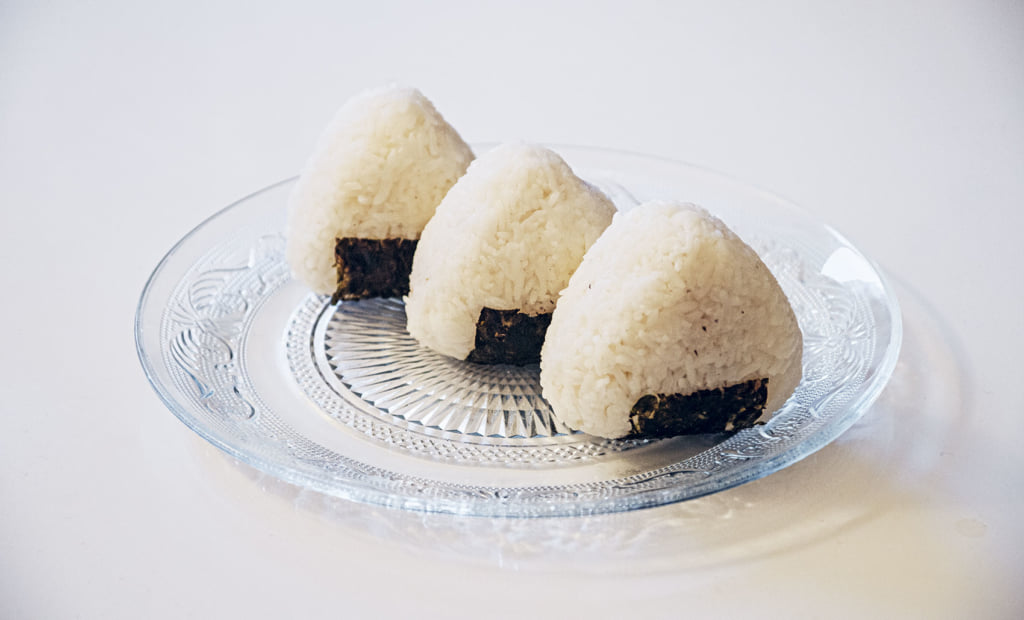
© Apolline Cartier
Onigiri, these little rice balls that can be enjoyed as a snack at any time of day, are a Japanese street food staple. In her book Les recettes des films du studio Ghibli (‘Recipes from Studio Ghibli Films’), Minh-Tri Vo compiles the dishes and desserts eaten by the characters in Hayao Miyazaki‘s animated films. Here, she shares the steps to make the onigiri enjoyed by the young heroine in the film Spirited Away.
In the film, one of the biggest successes for Japanese cinema overseas, the viewer follows the adventures of Chihiro, stuck in the onsen for the spirits from Japanese folklore. While her parents, having accidentally entered the kingdom of the gods, are enjoying Pantagruelesque buffets that result in them being turned into pigs, young Chihiro does not eat a thing. A young boy, Haku, helps her to find a job in one of the thermal baths, and offers her an onigiri with magical powers that, while restoring her strength, allows her to feed herself in the future, without suffering the same fate as her parents.
Onigiri can be filled with fish, plum or various different kinds of meats or condiments.
Serves 4
Ingredients
150-200 g jasmine rice
4 tbsp white vinegar
Salt
Sugar
1 tin regular tuna
500 g mayonnaise
4 sheets nori seaweed
Method
Wash the rice thoroughly in a pan. Drain and rinse until the water is clear. Tip: the volume of water needs to be half a finger greater than that of the rice. Cook the rice.
Once the rice is cooked, pour in the white vinegar and mix with a little salt and sugar.
Break up the tuna in a bowl and mix well with some mayonnaise, to taste.
Dampen the hands and create 4 ‘pancakes’ using the rice. Place a flat layer of tuna on each one, then another flat layer of rice on top. Make them into balls, then shape the corners to form triangles.
Moisten the seaweed sheets, then place them under the onigiri.
Les recettes des films du studio Ghibli (‘Recipes from Studio Ghibli Films’) (2020), a recipe book by Minh-Tri Vo published by Ynnis Editions (not currently available in English).
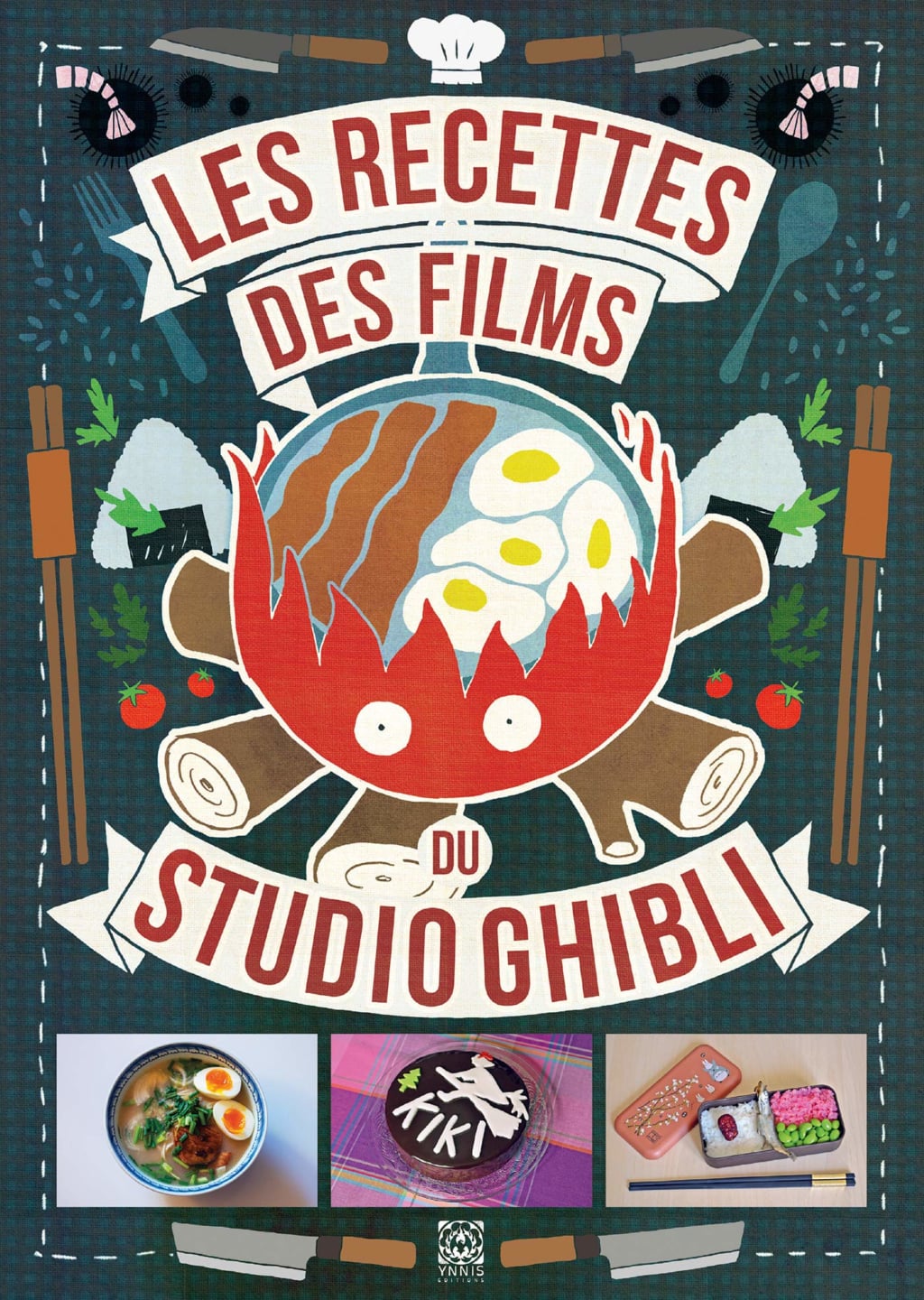
© Éditions Ynnis
TRENDING
-
A Rare Japanese Garden Hidden Within Honen-in Temple in Kyoto
Visible only twice a year, ‘Empty River’, designed by landscape architect Marc Peter Keane, evokes the carbon cycle.

-
Modernology, Kon Wajiro's Science of Everyday Observation
Makeup, beard shape, organisation of cupboards and meeting places: all of these details decipher 1920s Tokyoites.

-
Colour Photos of Yakuza Tattoos from the Meiji Period
19th-century photographs have captured the usually hidden tattoos that covered the bodies of the members of Japanese organised crime gangs.

-
Recipe for Ichiraku Ramen from ‘Naruto’ by Danielle Baghernejad
Taken from the popular manga with the character of the same name who loves ramen, this dish is named after the hero's favourite restaurant.

-
Hitachi Park Offers a Colourful, Floral Breath of Air All Year Round
Only two hours from Tokyo, this park with thousands of flowers is worth visiting several times a year to appreciate all its different types.

